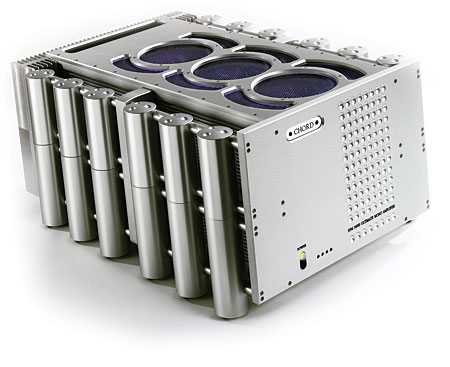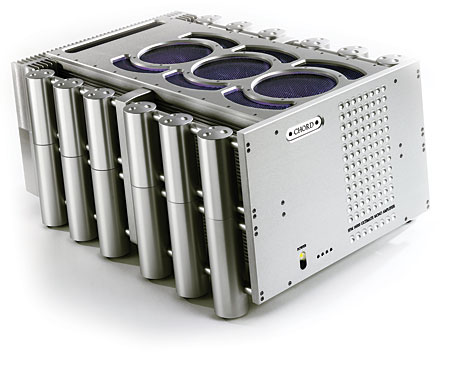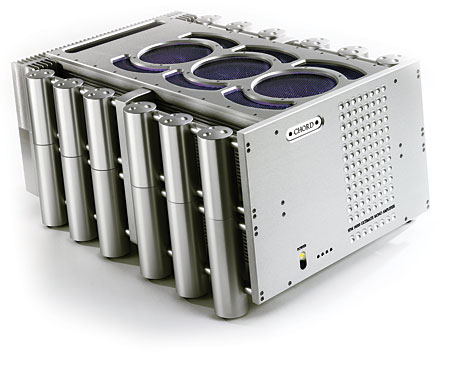
Chord SPM 14000 Ultimate monoblock power amplifier Specifications
Chord SPM 14000 Ultimate monoblock power amplifier Specifications





Here's the link to a very interesting comparison of digital amplifiers. It's all subjective, but the process used in the comparison appears valid, and the participants whom I know personally are experienced listeners whose opinions I value. I did not participate in this event.
I'm in the market to upgrade my CD player and am considering the Rega Planet 2000, which I've seen used going for around $700. However, I learned today about the Underwoodhifi-modded Music Hall cd 25.2 and have to say I am very intrigued. The reviews for both machines are very good, but it sounds like the MH machine is built, especially with the mods. Would I be better served with the newer machine, or is the Planet 2000 good enough to hold up against the competition for a few more years?? Also, any recommendations for cables with either of these machines is appreciated.
Second time posting
I understand that there was a review of the Eastern Electric Phono Stage in the october issue can anyone post a link to this